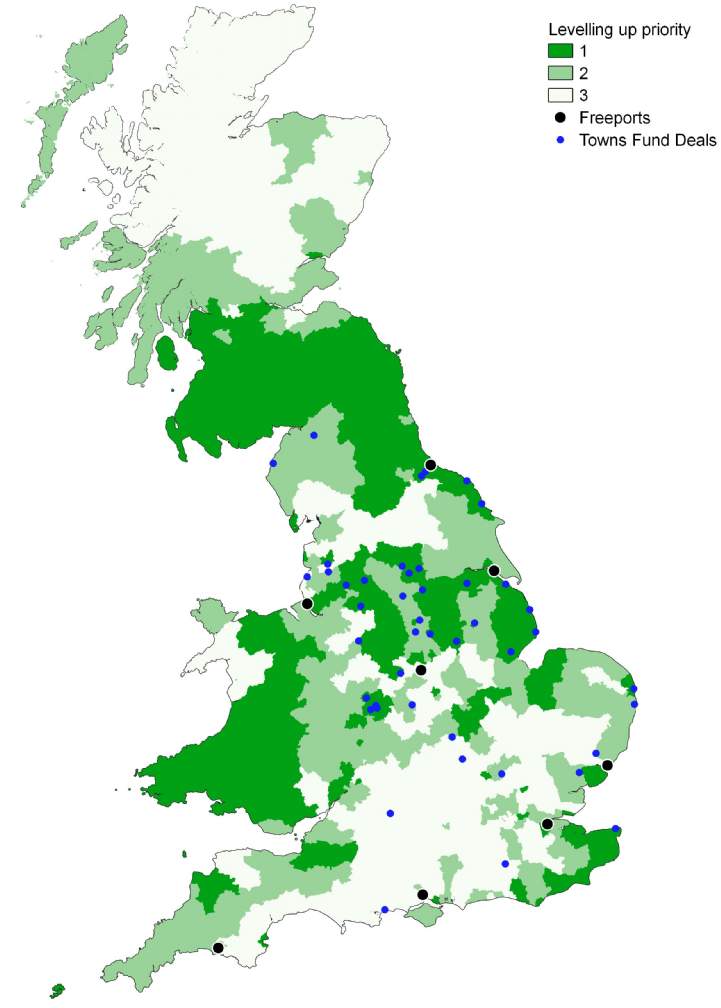Mortgage Guarantee
Government has pledged to support home buyers’ access to mortgage finance through a new guarantee. We estimate this will have a limited direct impact on transaction activity and pricing. However, guaranteeing mortgages sends a powerful message to the market about Government’s support for home ownership and for residential values. This support will help maintain strong consumer confidence and put modest upward pressure on house prices.
The guarantee announced yesterday resembles the Help to Buy: Mortgage Guarantee. This scheme supported 105,000 transactions during its life from October 2013 to June 2017, or 28,000 transactions per year.
Government’s proposed mortgage guarantee will be available to both first-time buyers and home movers. First-time buyers made up 80% of guarantees under Help to Buy: Mortgage Guarantee.
But borrowing at high loan-to-value ratios (LTVs) is expensive. The average quoted mortgage rate for a 95% LTV mortgage was 4.07% in January 2021, according to the Bank of England. Mortgages at 75% LTV cost less than half that, 1.75%.
Even if a Government guarantee helped bring high-LTV mortgage rates down, these loans would still be much more expensive than the 75% mortgages HTB users can access.
The table below illustrates how monthly housing costs differ when buying the average first-time buyer home (£274,000) with a HTB equity loan or with a 95% LTV mortgage. In each case the deposit is the same at £13,700. But the monthly housing cost for a household using the mortgage guarantee is almost 50% higher than when using the HTB equity loan, or an extra £388 per month.
Raising a deposit is not the only barrier buyers face. They also face limits to what they can borrow relative to their incomes. Mortgage lenders can only advance up to 15% of their loan book to people borrowing more than 4.5 times their income. The minimum income required for a 95% LTV mortgage on the average FTB home in England, £274,000, is £57,844. This is a higher income than 75% of households nationally.
This suggests take up for the mortgage guarantee will be greatest where house prices are relatively low and loan-to-income ratios lower. Take up will be limited in areas where affordability is already stretched.
Take up for the Help to Buy: Mortgage Guarantee scheme was greatest in Leeds (1,404 transactions) and Birmingham (1,385). By contrast, less affordable areas such as Cambridge and Camden each saw fewer than 50 transactions as loan-to-income caps prevented buyers taking advantage of the scheme.
